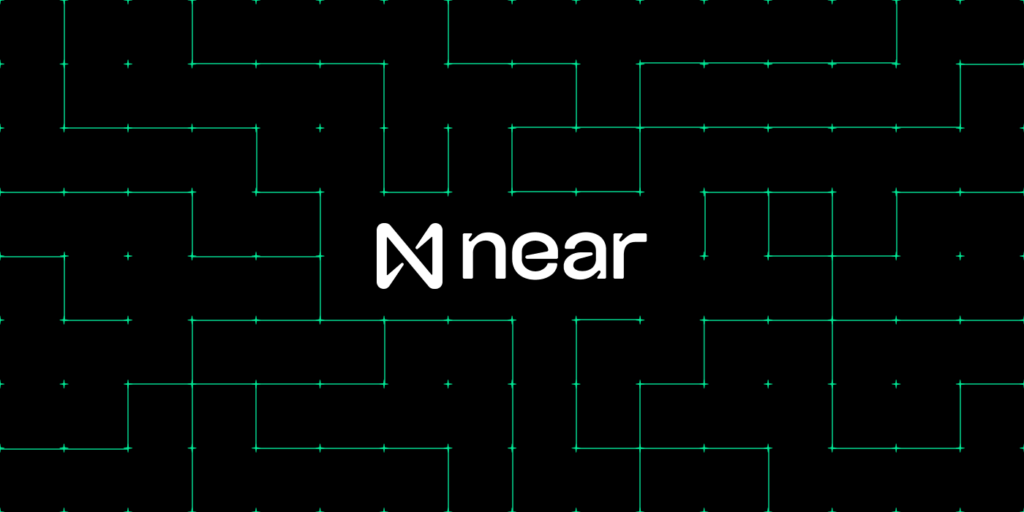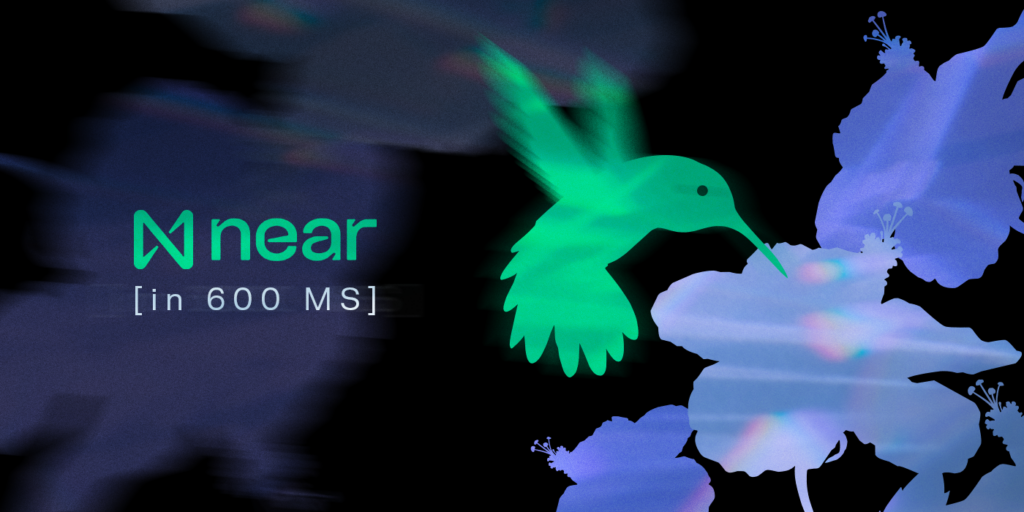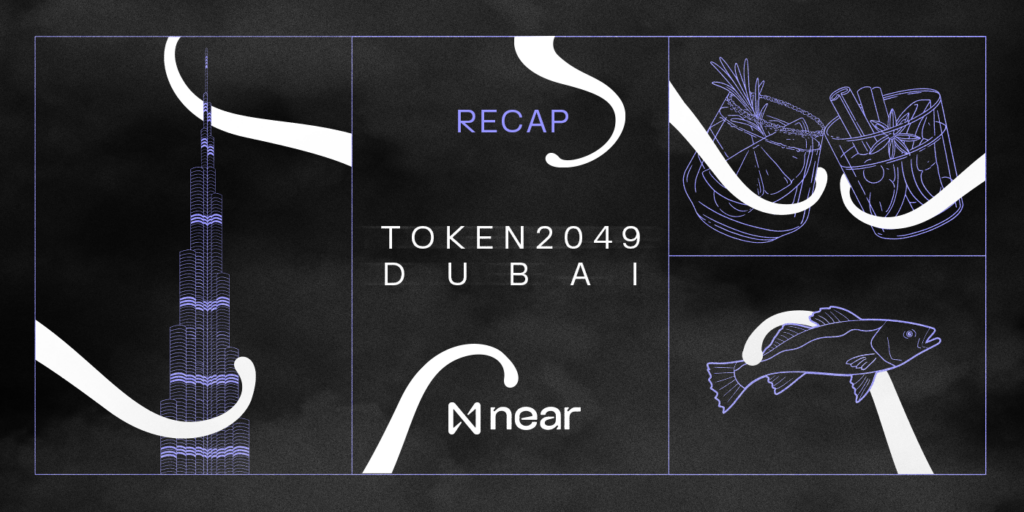Internet at Crossroads — Where do we go from here?

At the time of this writing, Amazon, Apple, Facebook, Google, and Netflix are worth $696 billion on average. That’s higher than the GDP of large countries like Argentina or Switzerland. How did the world converge to such a hegemony of just several organizations?
Additionally, I noticed that I now have a dedicated app folder for Google and Amazon apps on my iPhone. My Google mobile app folder and Amazon app folder have 9 apps and 6 apps, respectively. I also have 4 Facebook-owned apps on my phone.
It seems to me that Internet giants monopolized my attention over time and has slowly become the go-to choice for pretty much everything: reading, searching for information, socializing, shopping, and entertainment.
Why is my attention of value to Internet giants? As aggregator platforms (more on what defines aggregator is here), Facebook and Google charge advertisers for my attention by getting me interested in some particular content (i.e. search results in Google, or articles posted on Facebook). It’s a nice business model for them since they don’t even produce any content in the first place. Instead, they merely distribute someone else’s content.
To add to this, Facebook and Google initially gained wide adoption by offering their users a variety of options, but later focused on commoditizing content providers that helped them grow in the first place. Over time, the best entrepreneurs, developers, and investors have become wary of building on top of centralized platforms. The reason is that centralized platforms follow a predictable life cycle over time. Search for “S-Curve” in this article if you want to learn more about this evolution.
Back in my childhood, when the internet was at its infancy, we had an “intranet” built around our neighborhood back in Belarus. All of “intranet” users would collaborate, get to know each other, and share the content around. It felt like a collaborative system and a potential blueprint for how the Internet itself should evolve.
Why did the internet I remember as a collaborative ecosystem with numerous options evolved into such a centralized “walled garden” dominated by half a dozen companies?
Back at Internet infancy, Tim Berners-Lee and other early Internet creators envisioned it to be a decentralized system (more on this here). But as the web has grown from an obscure community of researchers, gamers, and other early adopters into a platform for commerce, communication, and entertainment, the decentralized nature of it seem to be fading away. As a result, there is a growing sentiment in the developer community that the pendulum has swung too far towards centralization.
Gladly, we now have a choice of how the Internet will evolve going forward.
During the peak of the 2008 financial crisis as Lehman Brothers declared bankruptcy, someone named Satoshi Nakamoto published a 9 page paper about a peer-to-peer version of electronic cash, which could be sent from one party to the other without going through a traditional financial institution. It was a radically new version of the financial system and it took some time for this idea to really percolate through the community.
His ideas combined game theory, cryptography, and distributed computing to offer an alternative system in which participants could come to a consensus in a trustless environment. To follow up on Satoshi’s ideas and research, Vitalik Buterin in late 2013 suggested that arguably the most important part of the bitcoin experiment is the underlying blockchain technology as a tool for distributed consensus, and that it could be used to build applications involving having digital assets being directly controlled by a piece of code implementing arbitrary rules. Also known as “smart contracts”, this generalized approach to decentralized application development caught the attention of much larger community.
By now, the ideas of Bitcoin and Ethereum have materialized into thousands of servers running the blockchain software, and it seems like we are on the verge of a fork in terms of where the Internet as a whole could go. The internet could continue going towards more centralization and reliance on behemoths like Google, Amazon, and Facebook, or it could go back to where it was originally architected — peer-to-peer systems without a centralized authority or corporation taking advantage of the rest of the ecosystem.
The decision is in our hands. Decentralized applications could provide better security, privacy, and governance, but would require moving away from the convenience of using familiar services (i.e. Google, Facebook and others). Additionally, any systems costs money to run. In the world of blockchain, the miners are the ones who are compensated for providing computing resources to keep the overall system up to date. If there is no Facebook to take the cost on themselves (they can easily afford this cost since they make money off our data), the cost will be on users. So there is a tradeoff between convenience and “free” familiar service on one hand (subsidized by our data), and the service that’s free of middleman and more privacy friendly, but not quite free, on other hand. It’s yet unclear what the end users would prefer.
While Internet users need time to really understand the benefits of decentralized systems, the sentiment of the developer community is clear: the world will most definitely move towards more decentralized systems.
It will be quite difficult for an average developer to pick up “smart contracts” development skills (background in networking, distributed systems, data structures and cryptography is needed), but there are teams actively working on making developer experience better and lowering the barrier of blockchain development.
I think there will be use cases that will naturally evolve towards decentralized versions first. A decentralized exchange could replace NASDAQ. Decentralized writing platform could replace Medium. Decentralized indie gaming platform could replace Steam.
From the infrastructure perspective, underlying blockchain protocols don’t scale well to be able to run decentralized NASDAQ, Steam or Medium just yet. Projects like Ethereum, Zilliqa, and a dozen others are trying to solve scalability, but fall short for a variety of reasons. As we know, one game put the a lot of strain on Ethereum infrastructure. Clearly, a better, more scalable solution is needed.
I am excited to be a part of this movement by joining Near Protocol — the team that has built sharding for the commercial distributed database, MemSQL, and is now focused on solving the scalability for blockchain, which will in turn enable the wide variety of future decentralized applications built on top of a scalable blockchain architecture. Taking the experience of building distributed databases, we now focus on building a sharding solution for blockchain infrastructure (we will cover our approach in detail in future blog series). We believe that our approach will enable access to blockchain for mobile devices around the world, which will in turn provide an even higher degree of decentralization.
It’s really up to us, regular Internet users, to ultimately decide whether the Internet will be centralized, decentralized or somewhere in between. I encourage you to reach out to your friends who already work in blockchain space, learn, and contribute, and more importantly, understand the tradeoffs I briefly outlined above. Blockchain does surely seem to be a space that will create an Internet-scale tsunami of change over the next decade or two. I am well aware that majority of blockchain projects today are scams, but that’s how large-scale innovations start anyway. It will probably take several years to fix the scalability issues, and then we will have a clear shot at swinging the pendulum of the Internet back to the decentralized state. The future is NEAR.
To follow our progress you can use:
- Twitter — https://twitter.com/nearprotocol,
- Discord — https://near.chat
https://upscri.be/633436/
Thank you to Mikhail Kever & Bowen Wang for providing feedback in writing this blog post.
Share this:
Join the community:
Follow NEAR:
More posts from our blog


